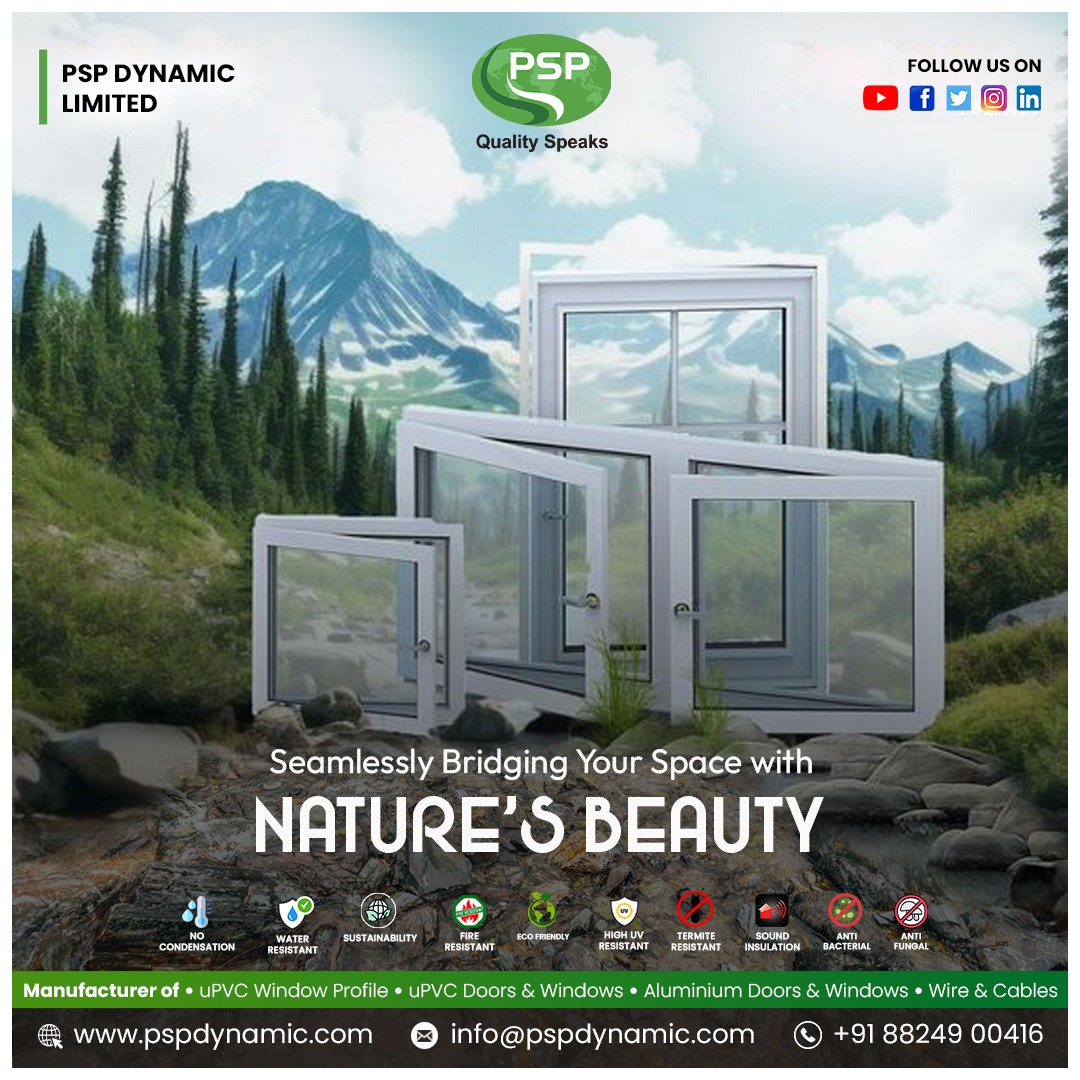
uPVC, or Unplasticized Polyvinyl Chloride, is a rigid, durable form of plastic that has been engineered for structural use. Unlike regular PVC, uPVC does not contain plasticizers, making it more robust and resistant to weathering, impact, and chemical erosion. These properties make it ideal for manufacturing window frames, doors, sliding systems, and more.
Key Benefits of uPVC Profiles
One of the main reasons for uPVCs growing popularity is its excellent insulation properties. uPVC profiles, when combined with energy-efficient double or triple glazing, help minimize heat loss, keeping homes warmer in winter and cooler in summer. This not only creates a more comfortable indoor environment but also reduces heating and cooling costs, promoting energy conservation.
Unlike traditional wood or metal frames, uPVC doesn not rot, warp, or corrode. This makes it a fantastic option for regions with extreme weather conditions. uPVC Profile are incredibly low-maintenance they do not need regular painting or treatments. A simple clean with soap and water keeps them looking new for years.
uPVC profiles are highly resistant to environmental factors like moisture, UV rays, and salt air, making them perfect for coastal areas or humid climates. They would not fade, peel, or rust, ensuring that windows and doors made from uPVC maintain their appearance and function over time.
uPVC profiles are known for their strength. When combined with advanced locking systems, they offer excellent security features. Their robust construction can resist break-ins more effectively than many other materials, providing homeowners peace of mind.
In comparison to traditional materials like aluminum and wood, uPVC profiles offer a cost-effective solution without compromising on quality or performance. Its long lifespan and low maintenance also contribute to significant savings over time.
Gone are the days when uPVC was available only in basic white. Today, manufacturers offer uPVC profiles in a wide variety of colors, textures, and finishes, including wood grain effects. This means homeowners can choose profiles that suit their architectural style and personal preferences.
The most common application of uPVC profiles is in the manufacturing of windows and doors. From casement windows to sliding doors, uPVCs versatility allows for a wide range of styles, making it a favorite in residential and commercial properties alike.
uPVC is also widely used in roofing elements like fascia boards and soffits. These components protect roofs from the elements while enhancing the overall aesthetic of the building.
For exterior wall cladding, uPVC is a preferred choice because of its weather-resistant properties. It adds an extra layer of protection to buildings while giving them a modern, clean appearance.
uPVC is often the material of choice for conservatories due to its insulation properties and ability to create bright, airy spaces that remain energy-efficient.
Environmental Impact of uPVC
While uPVC is a plastic material, it is worth noting that modern manufacturing processes ensure that uPVC profiles are recyclable. Many manufacturers now take back old uPVC frames for recycling, reducing their environmental footprint. Additionally, the energy savings from uPVCs insulation properties help lower a buildings overall carbon footprint, making it an eco-friendlier option compared to some alternatives.
Conclusion
uPVC profiles have revolutionized the construction and fenestration industry by offering a material that is durable, energy-efficient, low-maintenance, and affordable. As the demand for eco-friendly and long-lasting building materials grows, uPVC is set to remain a top choice for builders and homeowners looking to invest in the future of sustainable construction.